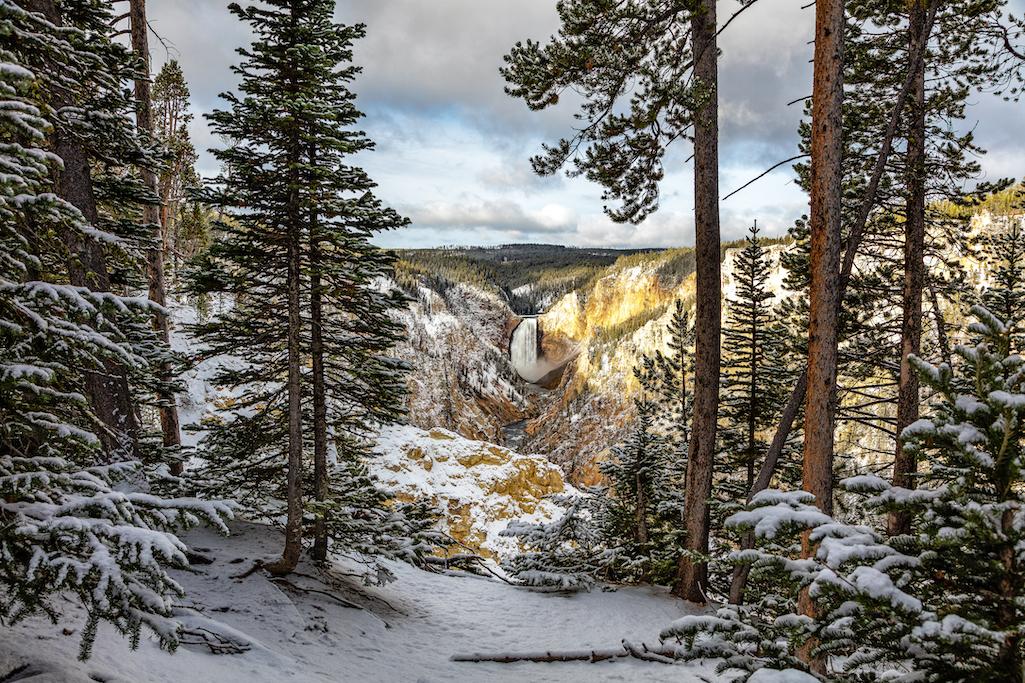
Yellowstone was set aside to protect its geology and thermal wonders/Rebecca Latson file
Yellowstone National Park At 150: Still A Remarkable Achievement
By George Wuerthner
The year 2022 is the 150th birthday of the creation of Yellowstone National Park. The establishment of the park in 1872 is something to celebrate globally. It is a shining beacon for conservation as well as public ownership. Yet, I don’t think most people appreciate today what a remarkable achievement it was and still is.

Passing through the Roosevelt Arch at the north entrance of Yellowstone reminds visitors why the park was created/NPS
In the post-Civil War era, the United States suffered from enormous debt and had onerous taxation. To revive and expand the national economy, Congress enacted laws like the Homestead Act, Mining Act of 1872, Timber and Stone Act, and numerous railroad land giveaways to expand settlement and development in the West.
Within a general attitude that if you couldn’t mine it, log it, ranch it, or farm it, the land had no value, and remarkably, Congress withdrew the Upper Yellowstone River country from commercial and private development.

Elk antler on Hoodoo Peak in the North Absaroka Wilderness along Yellowstone’s eastern border. The Yellowstone Forest Reserve was established in 1891 (now Shoshone National Forest) to protect the migration corridor for elk and other wildlife./George Wuerthner
The Act creating Yellowstone called explicitly for “the preservation from injury or spoliation of all timber, mineral deposits, natural curiosities or wonders within said park and their retention in their natural condition.”
We may take for granted protecting wildlife and ecosystems as expected, but in 1872 it was revolutionary thinking.
Historically, when hunting preserves and large landscapes were owned by royalty or the wealthy elite, Yellowstone was open free to the public (and should be again, in my view).
Though the original justification of the park was to protect the “curiosities or wonders,” namely the geological features like hot springs, geysers, and the Grand Canyon of the Yellowstone, it also served a much larger purpose.
It soon became apparent that Yellowstone was also the last haven for wildlife. As a result, Yellowstone was the first place where the nation attempted to recover a species on the verge of extinction (i.e., wild bison).
It also prompted the creation of the Yellowstone Forest Reserve in 1891 (now Shoshone National Forest) on the eastern flank of Yellowstone to protect migrating elk and the winter range.
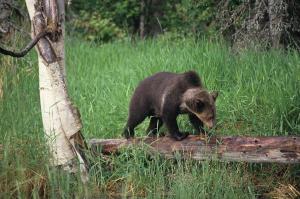
Yellowstone is where some of the most progressive wildlife policies were first enacted. Photo George Wuerthner
Congress passed the Lacy Act in 1900, one of the first national laws enacted expressly to shield wildlife from illegal hunting and poaching of the last wild bison and elk, and other wildlife still residing in the park. Besides banning the sale or trade of wildlife or parts, the law authorizes the restoration of game and birds in parts of the U.S. where they have become extinct or rare; this was a forerunner of the Endangered Species Act.
The Yellowstone Hunting Act of 1894 made hunting illegal in the park, and was one of the first places where wildlife was given protection from human exploitation.
Although at times, Yellowstone enacted ill-advised policies. Due to the priority put on scientific study, many programs were modified or reversed when it became apparent, they did not protect the values of the park. After studies in Yellowstone, the killing of predators was halted, and eventually, wolves were restored. After decades of feeding grizzly bears, the practice was stopped, and the park is the center of grizzly recovery. The park also discontinued the stocking of non-native fish and now works to restore native fish stocks. Today it harbors one of the only continuously wild bison herds in the country. It was one of the first places to recognize the ecological benefits of large wildfires.
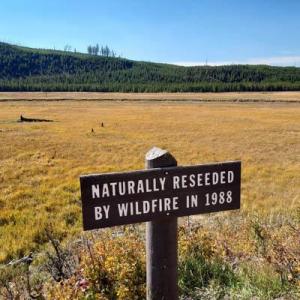
Yellowstone acts as a large natural “scientific control” where human manipulation of the landscape is minimized. Photo George Wuerthner
Yellowstone has consistently been at the forefront of the nation and much of the globe in practicing progressive wildlife policies.
Yellowstone was also the first place where geological development beyond its boundaries was prohibited when tapping the underground geothermal system outside of the park was outlawed by Congressional action.
Yellowstone is also a scientific control, where we can see how natural systems function (to the degree any do) without excessive human manipulation.
It was the first place where interpretation by park rangers was implemented.
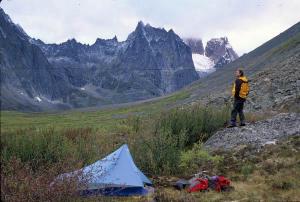
The Tombstone Mountains of the Yukon anchors the northern end of the Yukon to Yellowstone landscape protection proposal/George Wuerthner
Yellowstone is also the first place where a “greater ecosystem” was proposed and is now commonly discussed. And it is now the anchor of even more ambitious landscape-scale protection strategies such as the Yukon to Yellowstone and the Yellowstone to Unitas. It may be time to expand the park to encompass more of the Greater Yellowstone Ecosystem.
Due to its international reputation, Yellowstone has been emulated across the globe. We can be thankful that parks modeled on Yellowstone have been established in over 100 countries. The fact that we still have mountain gorillas or Siberian tigers is partly due to the international adoption of the national park idea.
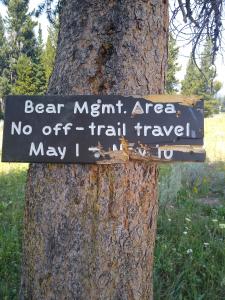
Where a grizzly has chewed up a bear management area sign. Yellowstone sets an example where humans attempt to put the needs of wildlife and ecosystems ahead of human desires/George Wuerthner
There is much to celebrate about the creation of Yellowstone National Park. Although there is a growing denigration of the park idea across the globe from lefty Anthropocene boosters who put human concerns ahead of wildlife and landscape protection, most people recognize that if Yellowstone had not been created, it would end up like all other lands, privatized and likely logged, grazed, mined, and covered with trashy tourist development.
Yellowstone is a shining beacon of the best expressions of humanity where we attempt to put Nature first (and largely succeed) instead of human settlement and exploitation.
Yellowstone is where restraint, humility, and responsibility towards other creatures and the land are prioritized. We need more Yellowstones, not fewer.
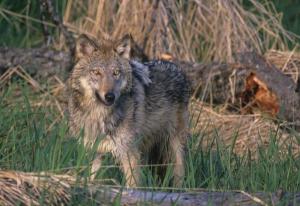
Yellowstone is the shining beacon of how humans have both an obligation as well as responsibility to preserve some parts of the Earth for wildlife and natural ecosystem function/George Wuerthner
Let’s hope that society has the wisdom to continue to put the protection of wildlife and ecosystems first and to expand these ideas to more of the globe.
George Wuerthner been studying Yellowstone for nearly 50 years. He has published 38 books on national parks and other environmental issues, including Yellowstone—A Visitor’s Companion, Yellowstone and the Fires of Change, Yellowstone in Photographs, and most recently Keeping the Wild: Against the Domestication of the Earth and Protecting the Wild: Parks and Wilderness the Foundation for Conservation.



Add comment